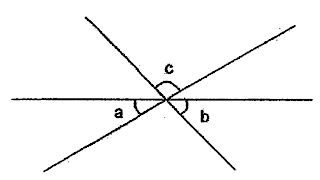Circumference
= Line Around a Circle
= Perimeter
Circumference is slightly more than 3 times the diameter in a ratio given by Pi which is approximately 3.14 or 3 1/7
Centre of a Circle is a point that is of equal distance from every point on the circumference.
The Diameter is any line that starts from one point on a Circumference, passes through the Centre and ends on another point on the opposite side of a circumference.
The Radius is any line that starts from the Centre and ends on any point on the Circumference or vice versa. It is half the diameter.
A Chord is any line that starts from one point of a Circumference and ends at another point on the same Circumference. Diameter is a special type of Chord.
A Tangent is any line that starts and ends from outside the Circle but touches it only at one point.
A Secant is any line that starts and ends from outside the Circle and cuts the Circle at 2 points. It is like a Chord but with a line that extends betond the Circumference. A Tangent line is a special type of Secant.
A Semicircle is Half a Full Circle with a Central Angle of 180°. It's Area and Arc Length is also Half that of a Full Circle. It
A Quadrant is a Quarter of a Full Circle with a Central Angle of 90°. It's Area and Arc Length are also a Quarter of a Full Circle.
A Sector is a slice of a Full Circle. The Semicircle and the Quadrant are special types of Sectors.
An Arc is a portion of a Circumference.





